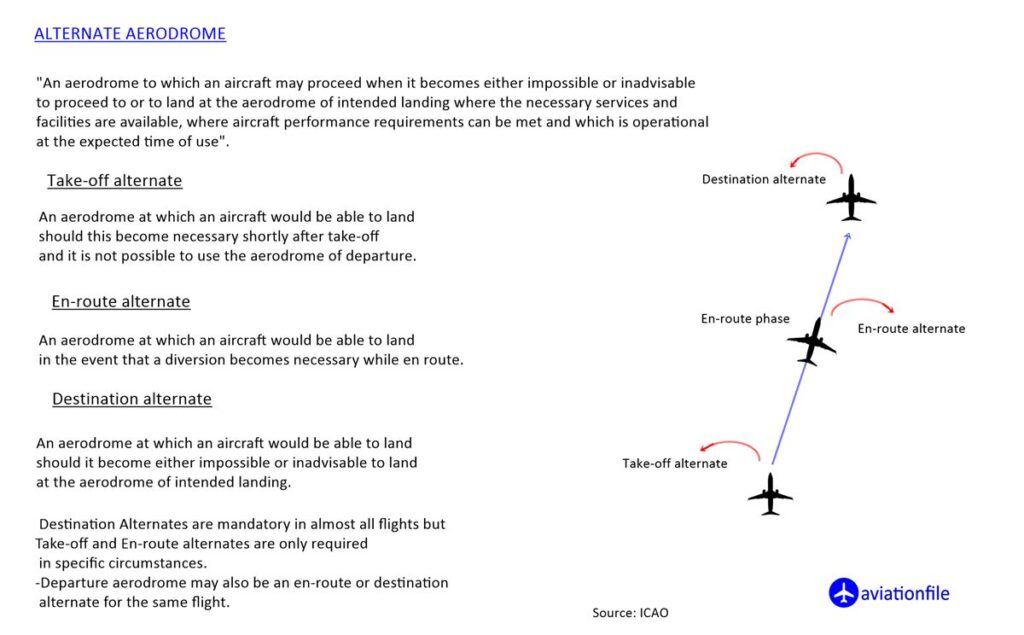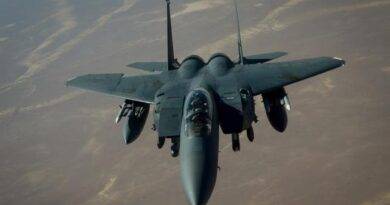Medical Emergencies Take Flight: How Prepared is Aviation?
Turbulence might be a common in-flight worry, but medical emergencies are a real concern for airlines. With millions of passengers flying daily, understanding and responding to these situations is critical.
How Common Are Medical Emergencies on Planes?
Studies suggest medical incidents occur on roughly 1 in every 600 flights [1]. Thankfully, most involve minor issues like fainting or nausea [1]. However, serious emergencies like heart attacks or strokes do happen.
What are the Most Common Medical Events In-Flight?
- Fainting or Dizziness: Caused by dehydration, anxiety, or low blood sugar, this is a frequent occurrence [3].
- Nausea and Vomiting: Motion sickness, food poisoning, or certain medications can trigger this unpleasant experience [3].
- Respiratory Problems: Asthma attacks, allergic reactions, or difficulty breathing due to thin cabin air require attention [3].
- Cardiac Issues: Chest pain, shortness of breath, or heart attack are serious emergencies requiring immediate action [3].
Case Studies: Real People, Real Emergencies
- In a dramatic turn of events on a 2021 American Airlines flight from Los Angeles to New York, a young passenger went into anaphylactic shock after unknowingly consuming peanuts on board. The cabin crew sprang into action, administering an EpiPen from the plane’s emergency kit and keeping the passenger calm until the pilot made the decision to divert to Denver. Thankfully, with medical assistance readily available on the ground, the passenger made a full recovery. This incident highlights the importance of crew training, on-board medical supplies, and the split-second decisions pilots must make to ensure passenger safety during in-flight emergencies.
- A mid-air medical drama unfolded on a United Airlines flight in 2019 traveling from London to Chicago. A 60-year-old passenger suffered a stroke, exhibiting sudden paralysis and slurred speech. With no doctor on board, the flight attendants relied on their emergency medical training to stabilize the passenger and relayed vital signs to a medical professional on the ground via satellite communication. The pilot, in coordination with ground control, diverted the plane to a nearby airport in Ireland where medical personnel were waiting. This swift response ensured the passenger received critical care quickly, potentially minimizing long-term complications.

These are just a few examples, underlining the diverse nature of medical situations that airlines encounter.
How Prepared is Aviation for Medical Emergencies?
Thankfully, aircrafts are equipped with first-aid kits, automated external defibrillators (AEDs), and oxygen supplies to handle these situations [2]. Flight attendants receive extensive medical emergency training to manage incidents until medical assistance arrives on the ground [2].
While these measures are crucial, ongoing efforts focus on improving communication with medical professionals on the ground and increasing the availability of doctors on board.
By understanding these medical risks and the steps taken to mitigate them, passengers can feel more informed and confident about their next flight.
Reference and Further Reading Links:
- [1] Perspectives: Responding to Medical Emergencies When Flying | CDC Yellow Book 2024 (https://wwwnc.cdc.gov/travel/yellowbook/2024/air-land-sea/responding-to-medical-emergencies-when-flying)
- [2] How to handle medical emergencies on board a plane. What options are available for the critically ill or injured. (https://careers.jamanetwork.com/article/advice-for-managing-in-flight-medical-emergencies-)
- [3] In-flight Medical Emergencies – PMC – NCBI (https://pubmed.ncbi.nlm.nih.gov/33915515/)
- Food Allergies and Flying: Information for Passengers with Allergies or Sensitivities (https://www.faa.gov/documentlibrary/media/advisory_circular/ac121-36.pdf)


